Mandarin fish (Siniperca chuatsi) holds a crucial position in China’s aquaculture industry. Yet, the persistent threats posed by Infectious Spleen and Kidney Necrosis Virus (ISKNV) and Siniperca Chuatsi Rhabdovirus (SCRV) have hampered its growth potential. Vaccination stands as the most potent defense, but its efficacy hinges on large-scale cell culture—a challenge until now.
In a groundbreaking study, researchers have pioneered a suspension culture system using Chinese Perch Brain (CPB) cells on Cytodex 1 microcarriers within a stirred bioreactor. This innovation promises to revolutionize viral vaccine production for mandarin fish. The journey began with meticulous optimization in 125 mL stirring flasks, where CPB cells thrived, achieving uniform distribution and full coverage of microcarriers under optimal conditions. The process then scaled up seamlessly, from 125 mL to 500 mL stirring bottles, culminating in a 3-L bioreactor. Notably, an expansion ratio of 1:3 yielded a remarkable cell density of 2.25 × 10^6 cells/mL, affirming the earlier successes.
What sets this method apart is its sensitivity to ISKNV and SCRV, crucial for mandarin fish health. While roller bottle culture and cell factories remain prevalent, this pioneering approach marks a paradigm shift. By leveraging CPB cells—specially developed for their susceptibility to ISKNV and SCRV—this technique promises heightened productivity and scalability.
Optimized cultivation parameters, including agitation methods, cell inoculation density, microcarrier concentration, and expansion ratios, lay the groundwork for large-scale CPB cell production. This comprehensive study not only provides a technical blueprint but also opens new avenues for vaccine production in mandarin fish farming. Read More about this publication.
Smart MCs provides cell-type specific microcarriers for range of applications including cell-based viral vaccines. If you are interested in up-scaling your animal vaccine culture, please get in touch with our panel of experts.

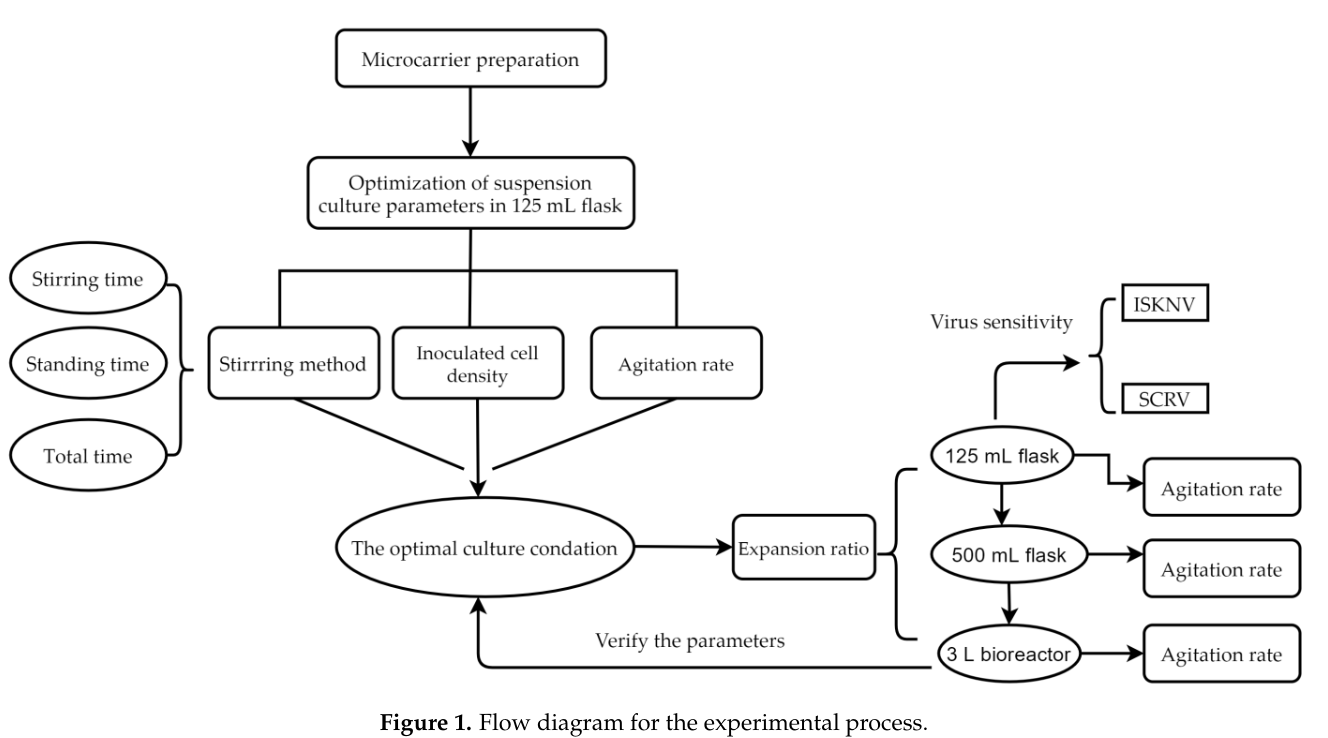
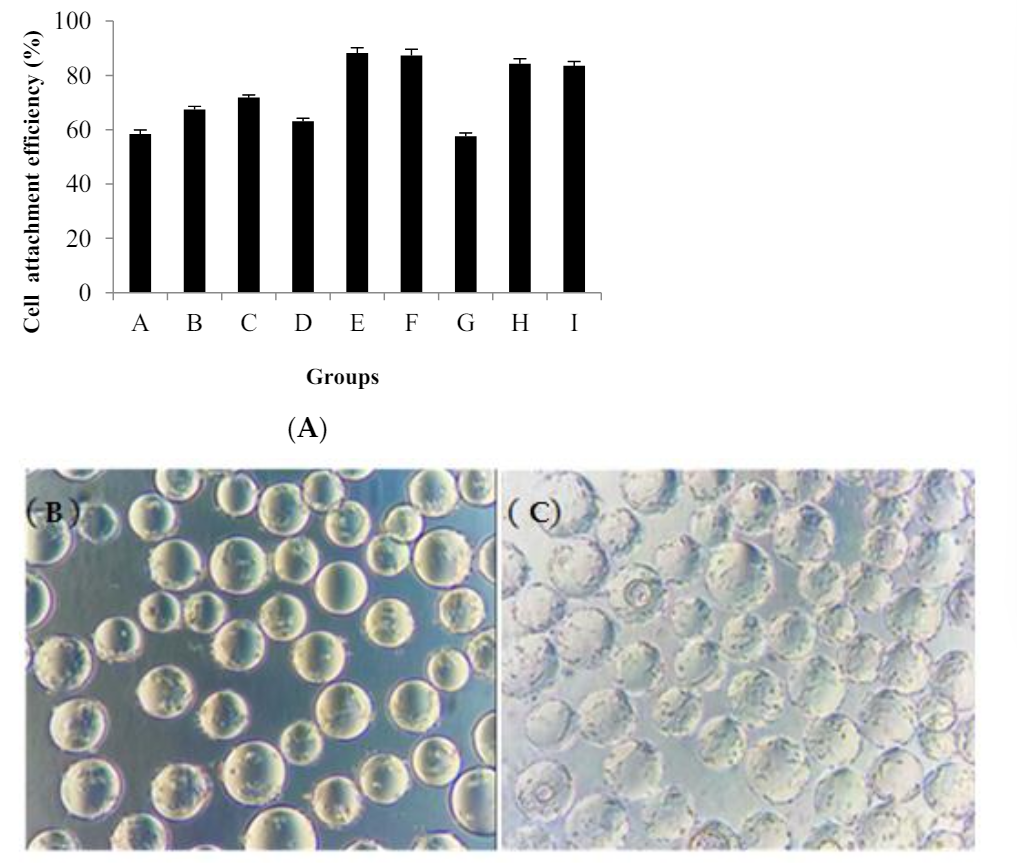
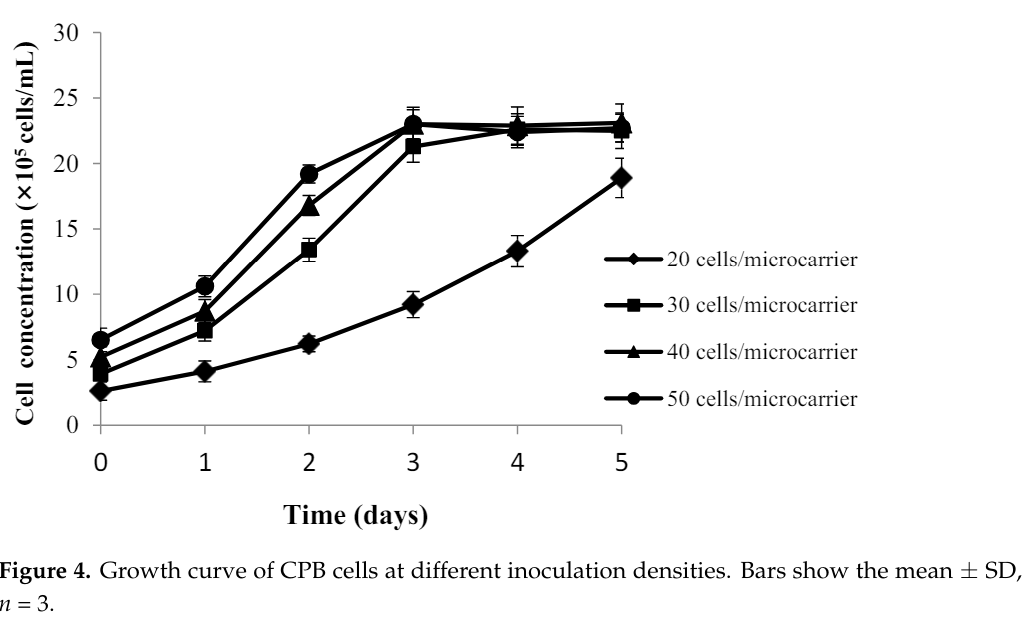
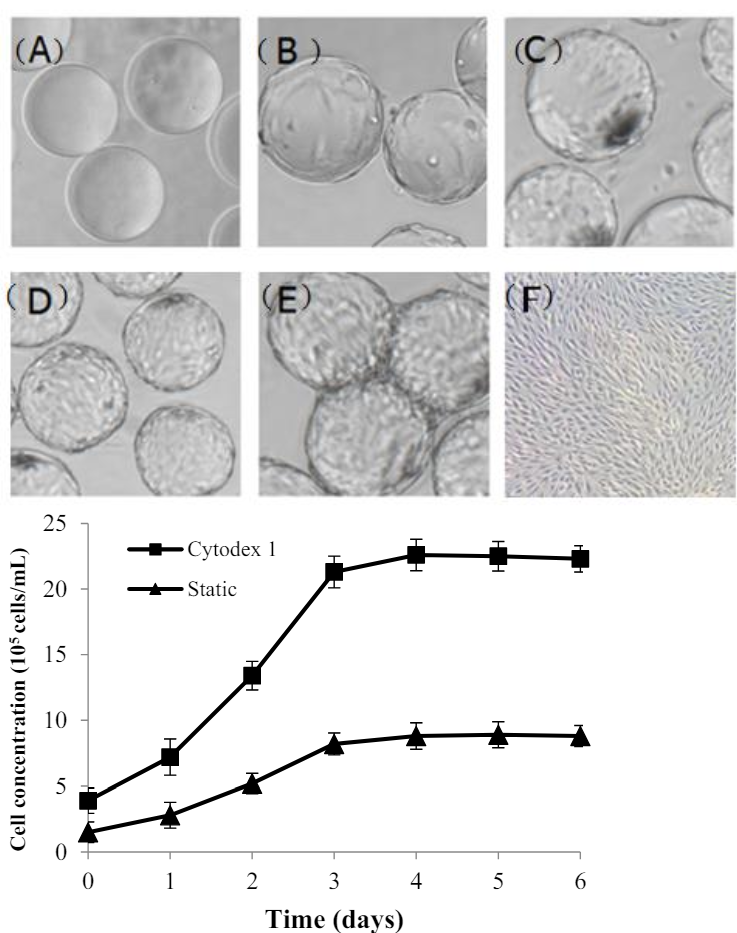
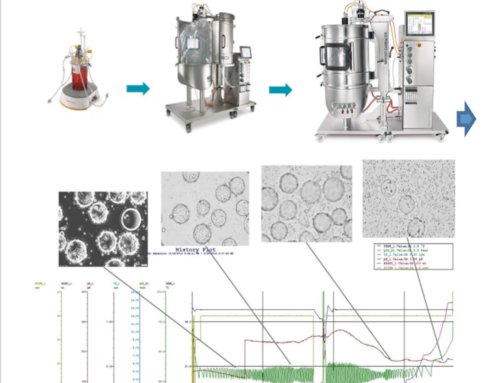
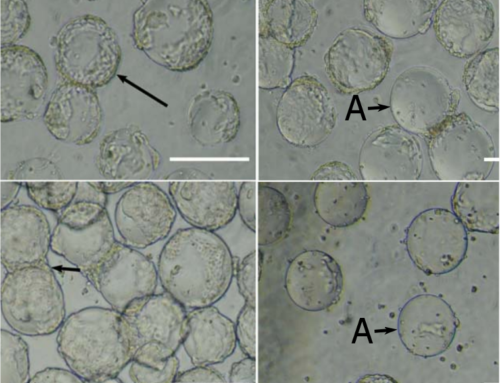
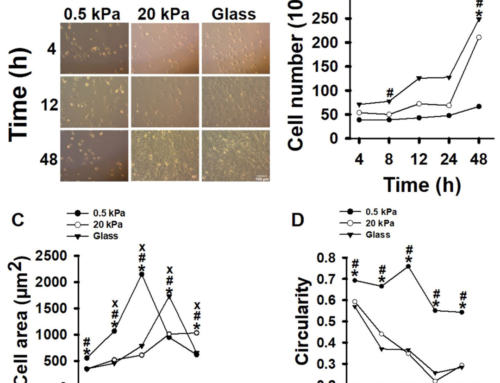


Leave A Comment